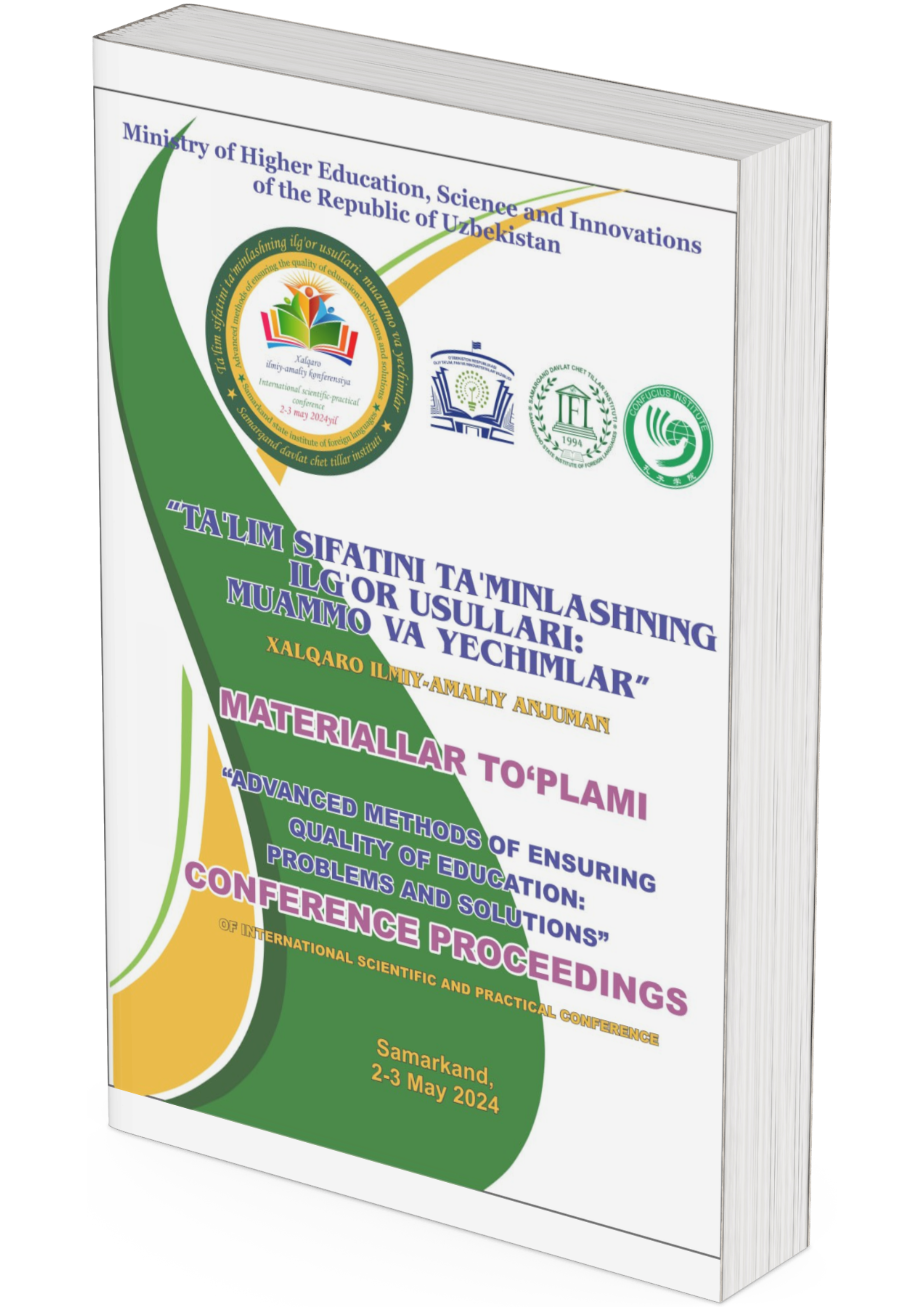SOUND INSTRUCTION ON IRREGULAR VERBS
DOI:
https://doi.org/10.2024/hjggsg65Keywords:
phonology, irregular verbs, English language learning, verb conjugation, mnemonic devices, sound patterns, language pedagogy, pre-intermediate learners, phonetic transformation, educational strategiesAbstract
This article delves into the phonological patterns of English irregular verbs and their pedagogical implications for pre-intermediate learners. It explores the notion that sound patterns can significantly ease the learning process by providing a systematic approach to memorizing verb forms. The paper categorizes irregular verbs into distinctive groups based on their sound changes across the present, past, and past participle forms, such as 1-1-1, 1-2-1, 1-2-2, and more complex patterns like 1-2-1(n) and 1-2-3. Each group showcases a unique phonetic transformation that can aid in memorization and understanding. The article highlights innovative mnemonic techniques and practical exercises that leverage these phonological patterns, thereby making the learning of irregular verbs more accessible and engaging for students. By focusing on the aural aspects of verb conjugation, the study suggests that learners can better appreciate and master the sounds of English, facilitating a deeper linguistic competence.
References
Crystal, D. (2017). The Cambridge Encyclopedia of the English Language. 3rd ed. Cambridge University Press.
Downloads
Published
Conference Proceedings Volume
Section
License
Copyright (c) 2024 Ralph Schusler (Author)

This work is licensed under a Creative Commons Attribution 4.0 International License.









